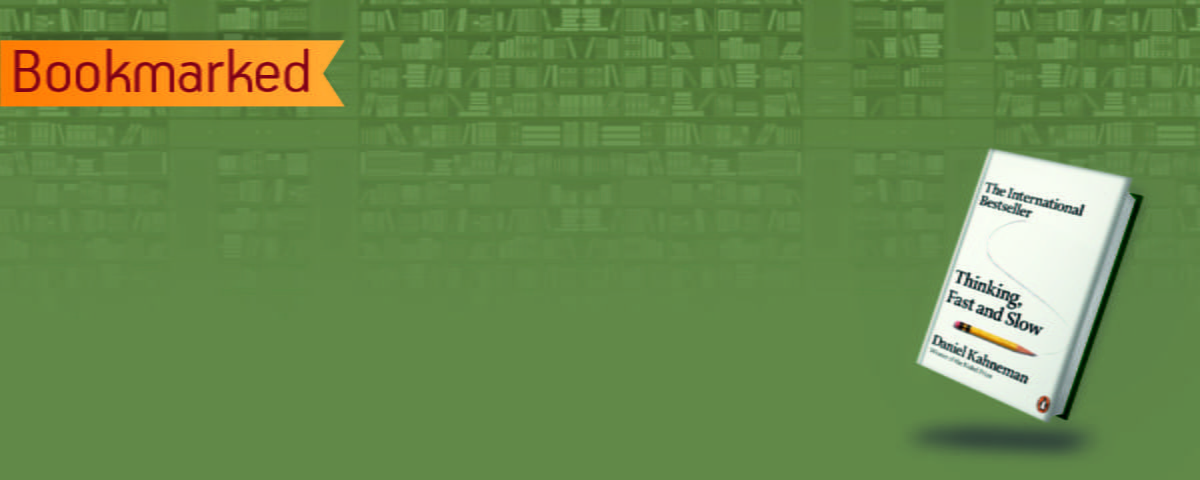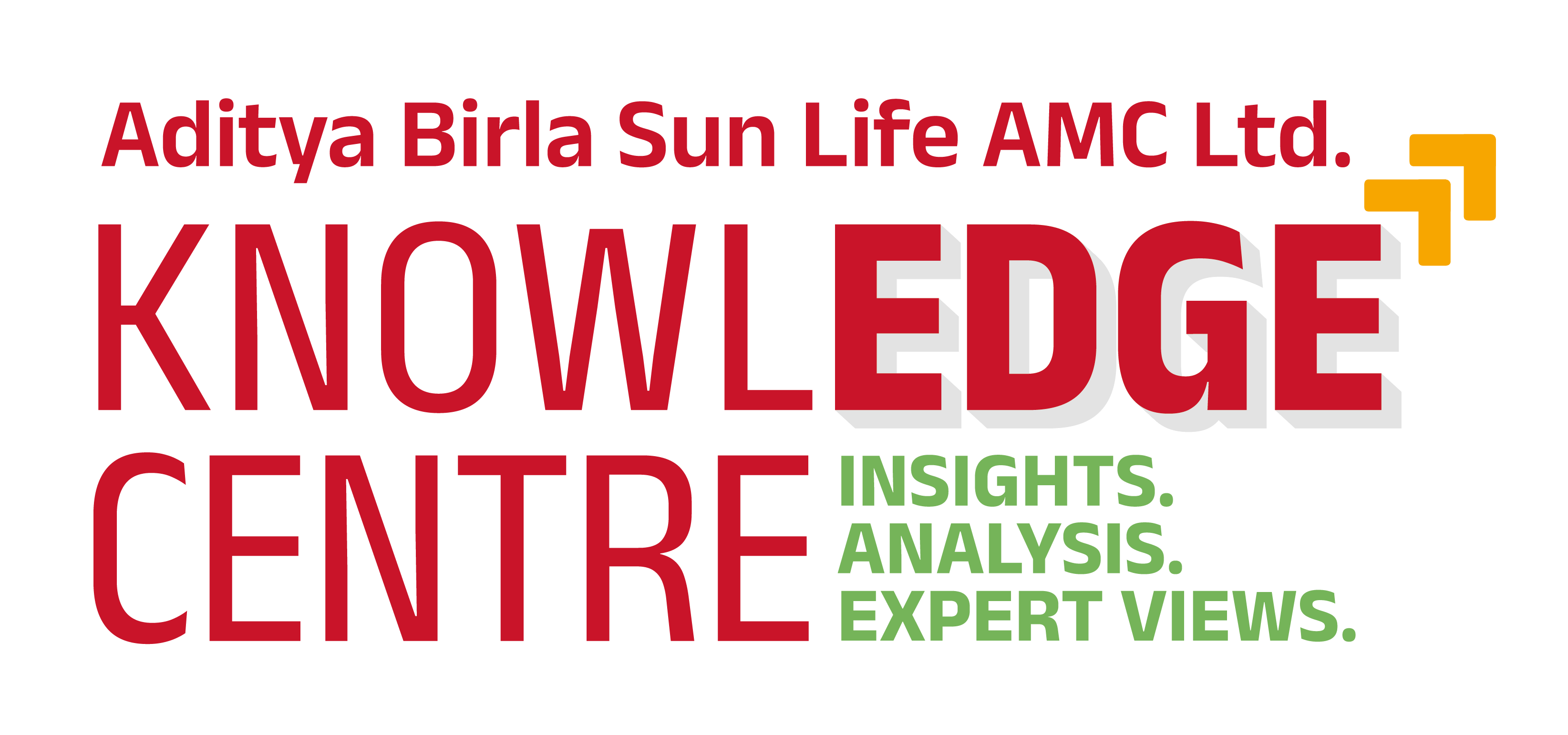-
Our Products
Our FundsFocus Funds
-
Self Care
Self-ServiceFind InformationWays To TransactPartner Solutions
-
Downloads
- Learnings
- About Us
-
More
-
Shareholders
-
Shareholders
-
Updates
-
-
SIP Calculators
- Back
-
Shareholders
Bookmarked: Book Summary of Thinking, Fast and Slow

Dec 01, 2023
5 Mins Read
Listen to Article
Authored by Daniel Kahneman, "Thinking, Fast and Slow" is the result of an in-depth study in the field of psychology and behavioural economics. The book dives deep into the intricacies of human thinking and decision-making.
It introduces the concept of two thinking systems: System 1, where the thinking is rapid, intuitive, and emotion-driven, and System 2, where the thinking is slow and analytical. Kahneman suggests that many of the judgments and decisions in people’s lives are largely influenced by the interplay between these two systems.
In the initial stages of this book, the author articulates these two thinking systems, emphasizing on the fact that System 1 is automatic as well as subconscious, while System 2 requires effort, along with conscious and meticulous thought. He elaborates on how these two systems integrate to shape the perceptions and judgments of human beings.
Further into the book, the author highlights the various mental shortcuts (heuristics) humans use in their daily lives for decision-making purposes, which could lead to cognitive biases. He discusses the “Anchoring effect”, where judgments are influenced by initial information i.e., the availability heuristic, which leads people to rely on already available information, and the representativeness heuristic, which causes people to judge based on stereotypes. Eventually, it talks about the prospect theory, which explains how people evaluate potential gains and losses.
In addition to the above, the author explores human behaviour by exploring overconfidence. He points out the tendency of humans to overestimate their own abilities and the illusion of skill. He discusses overconfidence in respect of making predictions, where people feel sure their forecasts won’t go wrong, along with the planning fallacy, where humans do not take seriously factors like time, costs, and risks of present actions on the future. Kahneman even assesses the illusion of validity, where humans curate overly confident stories based on limited evidence.
Apart from the above, the book also revolves around choices. Kahneman delves into the endowment effect, which states we overvalue what we possess, and have a strong aversion towards losing what we have. He revisits prospect theory and dissects how people make choices under uncertainty, by considering the asymmetry of human preferences for gains and losses.
Finally, Kahneman articulates the concept of two selves: the experiencing and the remembering self. He states that the human perception of happiness is influenced by these two selves. He introduces the peak-end rule, which suggests that people’s memories are influenced by the peak moments and the way an experience ends rather than the duration of the overall experience. This section successfully challenges the understanding of what truly contributes to life satisfaction.
In conclusion, ‘Thinking, Fast and Slow’ comprehensively explores human decision-making, the biases that influence people’s choices, and the interplay between automatic and deliberate thinking. It challenges the notion of human rationality and provides insights for understanding and improving decision-making in all aspects of life. Daniel Kahneman's work continues to be considered influential in fields like psychology, economics, and decision science.
The views expressed in this article are for knowledge/information purpose only and is not a recommendation, offer or solicitation business or to buy or sell any securities or to adopt any investment strategy. Aditya Birla Sun Life AMC Limited (“ABSLAMC”) /Aditya Birla Sun Life Mutual Fund (“the Fund”) is not guaranteeing/offering/communicating any indicative yield/returns on investments.
Mutual Fund investments are subject to market risks, read all scheme related documents carefully.
You May Also Like
Loading...





 1800-270-7000
1800-270-7000









